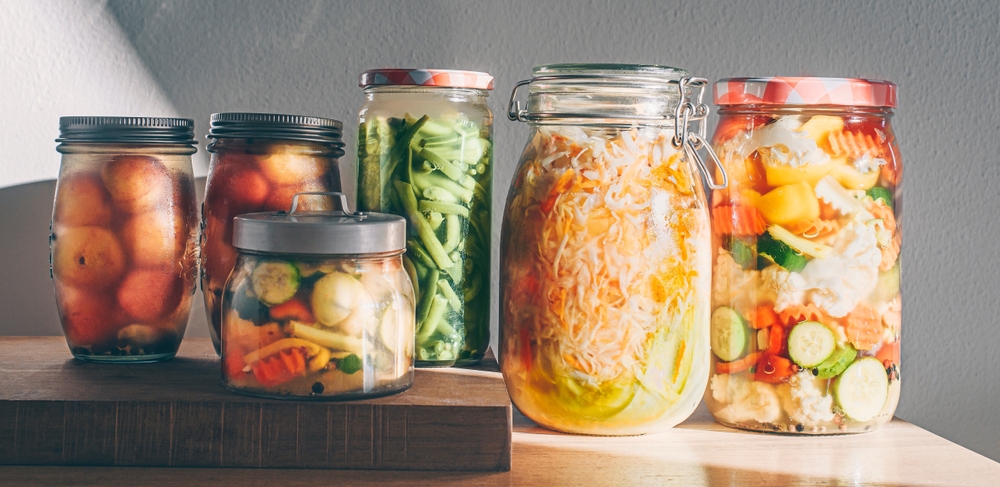Practical strategies to cut kitchen food waste
Small shifts in how you cook, store, and plan meals can substantially reduce the amount of food that gets thrown away. This article outlines clear, practical approaches for everyday kitchens—covering planning, storage, preservation, creative reuse, and simple flavor techniques that help food last longer and taste better.

Reducing kitchen food waste starts with small, repeatable habits that fit into ordinary routines. By planning meals, organizing your pantry, and learning basic preservation and reuse techniques, you can extend ingredient life and get more value from what you buy. These strategies focus on practical cooking and storage tips, simple recipe adaptations, and ways to enjoy leftovers without sacrificing flavor or nutrition.
Cooking and recipes: planning to avoid waste
Mealplanning makes a big difference in how much food ends up unused. Start by creating a weekly list based on what’s already in your pantry and fridge, then build recipes around those items. Planning portions for the number of people eating and prepping ingredients that can be repurposed across multiple recipes reduces the chance of spoilage.
Batch-cook staples like cooked grains, roasted vegetables, or a neutral sauce to speed weekday meals and prevent impulse buys. When following recipes, note adaptable elements—swap proteins or vegetables you already have on hand. Treat mealplanning as a dynamic tool: check what needs to be eaten first and schedule meals accordingly.
How does seasonality and pantry management help?
Buying produce in season typically means better flavor and longer shelf life, which reduces waste. Organize your pantry and fridge to make older items visible—use first-in, first-out rotation and clear containers so you can see what you have. Label leftovers and prepared components with dates to avoid confusion.
Storing items properly also matters: keep herbs wrapped in damp paper and greens in breathable bags; separate ethylene-producing fruits (like apples) from sensitive vegetables. A well-managed pantry reduces duplicate purchases and helps you plan recipes around what’s on hand.
Preservation, fermentation, and spices for longevity
Basic preservation techniques expand what you can keep: freezing herbs, blanching and freezing vegetables, or making quick pickles preserves seasonal abundance. Fermentation—like sauerkraut or yogurt—can turn excess vegetables or milk into flavorful, longer-lasting foods that add complexity to dishes.
Spices are critical for making preserved foods enjoyable. A pinch of toasted cumin, smoked paprika, or an acid like lemon or vinegar brightens stored ingredients and masks slight texture changes. Small batches of preserves or chutneys also make it easy to use surplus fruits and vegetables before they spoil.
Using roasting, baking, and leftover strategies
Roasting concentrates flavors and often turns wilting vegetables into appealing sides or inclusions for salads and bowls. Baking stale bread into croutons, breadcrumbs, or bread pudding is an effective way to repurpose items that would otherwise be discarded.
Plan leftover nights where you intentionally remix components—turn roasted vegetables into a frittata, repurpose grains into stuffed peppers, or fold fruit into baked goods. Treat leftovers as raw materials for new recipes rather than reheated repeats; that mindset encourages creative reuse.
Plantbased choices, nutrition, and sustainability
Incorporating more plantbased meals can help reduce waste when you focus on versatile ingredients like beans, lentils, and whole grains that store and freeze well. These items provide nutrition and adapt across recipes, so you can transform them into salads, soups, or spreads depending on what else is available.
Balance nutrition by combining textures and flavors—use roasted nuts, seeds, or a yogurt-based sauce for protein and mouthfeel. When you prioritize nutrient-dense, long-lasting staples, you can build satisfying, sustainable meals while minimizing spoilage and needless waste.
Mixology, beverages, and creative flavor uses
Beverage and mixology ideas can make use of citrus peels, herb stems, or fruit scraps: infuse spirits or vinegars, make simple syrups from fruit trimmings, or steep peels to add aroma to beverages. Homemade shrubs (vinegar-based syrups) and cordial concentrates extend flavor and use parts that might otherwise be tossed.
Use vegetable scraps to make quick stocks or tea-like broths for cooking grains and soups—this captures nutrients and flavor while reducing waste. Keeping a small freezer bag for scraps makes it easy to collect and convert them into a useful cooking ingredient.
A practical wrap-up paragraph should reinforce that reducing kitchen food waste relies on habit and creative thinking. With consistent mealplanning, thoughtful pantry organization, basic preservation methods, and a willingness to remix leftovers and scraps into new recipes or beverages, households can save money, enjoy more varied flavors, and lessen their environmental impact. Small changes compound over time, making waste prevention an achievable part of regular cooking routines.





